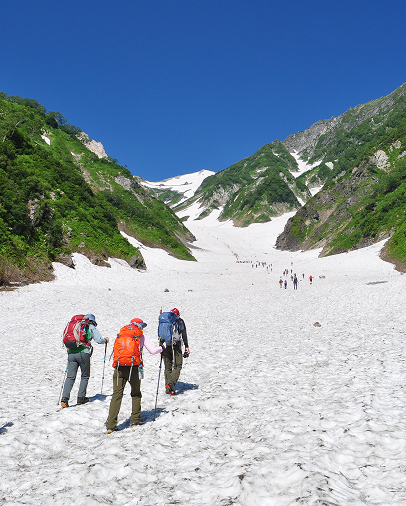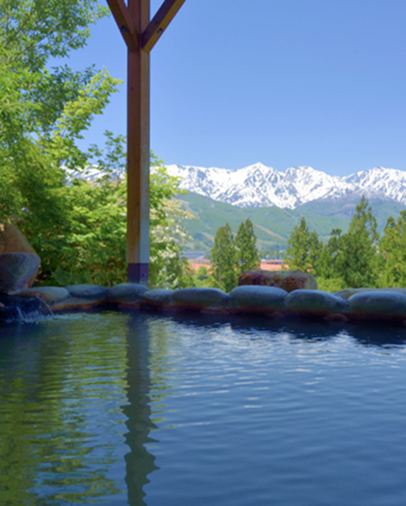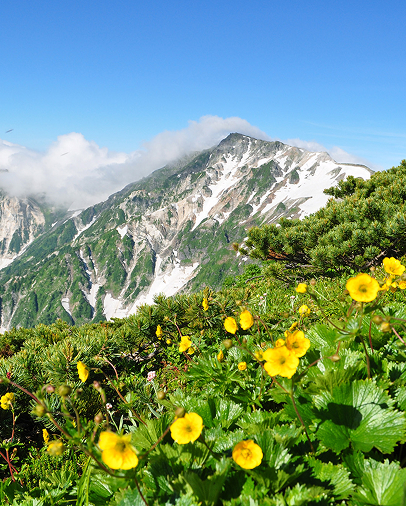アクティビティー
11 Common Hakuba Travel Mistakes: What First-Time Visitors Need to Know

Hakuba Valley is one of Japan’s most stunning mountain destinations, but even experienced travelers make mistakes.
A Hakuba trip isn’t as simple as booking your hotel online and reserving train tickets. The ins and outs of Japan travel can have even the most skilled wayfarer scratching their head.
Do I need a rental car? Where do I book my hotel?
Whether you’re coming for world-class skiing, hiking, or just mountain air, this guide covers the most common pitfalls and how to avoid them.
Plan smarter, avoid frustration, and make the most of your time in Hakuba.
Common Hakuba Travel Mistakes to Avoid
1. Hakuba Isn't One Resort — Know the Villages
Hakuba Valley comprises 10 ski resorts across several village areas. Each has its own distinct atmosphere, terrain, and amenities. A common mistake is booking your Hakuba accommodation without understanding where you’ll actually spend your day.
- Happo One offers central access and walkability
- Echoland is known for dining and nightlife
- Wadano is quiet and slopeside, great for families
- Iwatake, Goryu, Tsugaike, and Norikura each offer their own vibe and scenery
Match your base village to your group’s needs—from ski-in-out convenience to vibrant dining options and other activities.
2. Misjudging the Journey: Getting To and Around Hakuba
Getting to Hakuba typically involves taking a bullet train from Tokyo to Nagano, then a bus or shuttle. Some travelers assume they can hop on any train—only to miss the final bus. Others book late connections without realizing transport options thin out at night.
If you’re renting a car, know that driving in snow requires real skill and proper equipment. Chains, AWD, and knowledge of mountain driving conditions are essential.
3. Staying Too Far Without a Transit Plan
Choosing accommodation far from shuttle stops, lifts, or village centers can turn into a daily hassle. Especially during winter, walking in deep snow with gear gets old quickly. Some lodges offer shuttle services. Make sure to confirm transport options in advance if you’re not near key access points.
4. Dining Surprises and Missed Meals
Hakuba’s dining scene is diverse, but peak season demand can make spontaneous dining difficult. Many restaurants fill up days in advance. Most close by 9 or 10 p.m., and late-night food options are limited.
Visitors with dietary needs should plan ahead. Some venues lack English menus, and while options exist, they may not be obvious. Consider using Tablecheck to make reservations in advance.
5. Tech, Money & Connectivity Mistakes
- Cash is still essential. While card use is growing, many smaller businesses, buses, and restaurants prefer yen.
- ATMs: The most reliable for foreign cards are at 7-Eleven.
- WiFi: Most facilities offer free WiFi. But when you are out and about, coverage is limited (often requiring you to register with an email address).
Connectivity tip: Buy a local SIM or eSIM with data for navigation, weather updates, and translation.
6. Packing for the Wrong Season or Activity
Mountain conditions change quickly. Travelers often pack for Tokyo weather and are caught off guard by cooler mornings and snow-covered walkways.
- Bring layers and waterproof gear.
- Non-skiers need insulated boots and jackets to walk around town in winter.
- Summer visitors may still need rain protection and light outerwear.
7. Onsen Etiquette and What to Expect
Most Hakuba onsens are tattoo-friendly, with few exceptions, such as Juronoyu in Goryu.
Key etiquette:
- No swimsuits; bathe nude.
- Wash thoroughly before entering the tub.
- Speak quietly and respectfully.
Following the customs ensures a relaxing and respectful onsen experience.
8. Forgetting Non-Skiers and Off-Season Options
Not everyone skis. Without planning, non-skiers can feel sidelined. Consider:
- Onsen visits
- Snowshoeing or winter walks
- Local cafés and galleries
- Day tours and cultural spots
Outside of winter, Hakuba offers hiking, mountain biking, canyoning, and scenic views. Summer and autumn travelers should confirm what’s open, as some services are seasonal.
9. Ignoring Luggage & Gear Logistics
Traveling with ski gear on public transport can be exhausting. Use luggage forwarding services from airports or hotels to Hakuba. It’s efficient and makes your trip smoother.
Gear rental shops in Hakuba are high-quality and well-stocked—you might not need to bring your own gear at all.
10. Overplanning or Underplanning Your Days
Skiing every day without breaks can lead to fatigue or injury. Weather delays and unexpected closures can also throw off rigid schedules. Build flexibility into your itinerary.
Booking lessons, rentals, or restaurants at the last minute in peak season is risky.
11. Travel Respectfully & Sustainably
Hakuba is more than a resort—it’s a living community. Help preserve its charm:
- Stay on trails, dispose of waste properly
- Respect signage and local customs
- Support local businesses
- Consider off-peak travel to ease crowding
Resources to Help You Plan Smarter
These trusted sources provide helpful, updated information.
Community & Forums
Hakuba Done Right
Avoiding these common mistakes will help you to enjoy Hakuba the way it was intended. A bit of thoughtful planning will have you carving fresh snow, exploring lush trails, or soaking in an onsen in no time.
Planning your trip? Visit the Hakuba Valley website for maps, village info, and seasonal updates.




